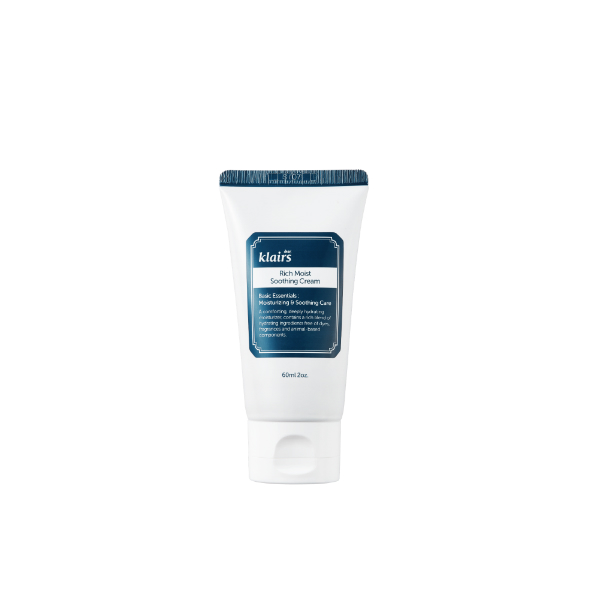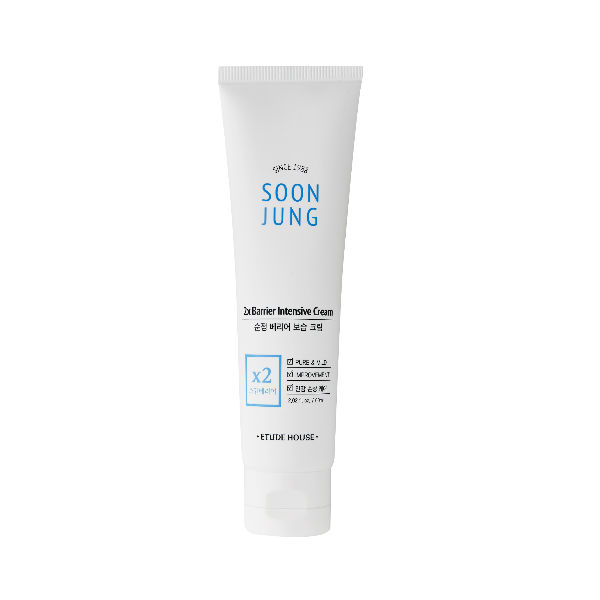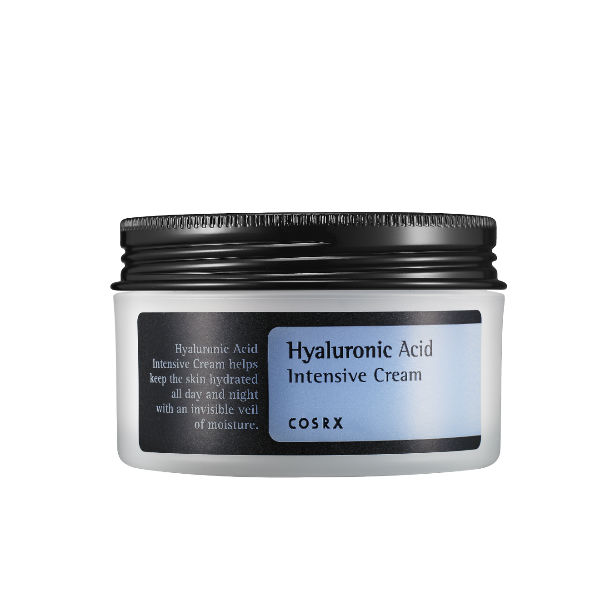What should you look for in your winter moisturizer? Check out our suggested ingredients for supple, hydrated skin.
Winter is rapidly approaching, especially in NYC where the weather went from a nice summer breeze to below 40 degrees in the blink of an eye. Once this cooler weather hits, moisturizing your skin transforms from something you just do every day out of habit to an extremely important part of your skin care routine. And we’ve all been here before: You apply a moisturizer that feels nice and hydrating on your skin, but by midday your face is already feeling dry and parched.
In order to choose the right moisturizer that will actually keep your skin hydrated all day long, it’s important to pay attention to what ingredients are in the formula. Here, we breakdown five essential ingredients that will actually help to keep your skin beaming with moisture.
Ceramides
Maintaining properly moisturized skin is all about keeping your skin’s natural barrier in check, and one way to do that is to feed it what it craves, AKA ceramides. A healthy skin barrier is made of a combination of lipids—like cholesterol, free fatty acids, and you guessed it, ceramides—which help to maintain the optimal amount of healthy bacterias and flora for your skin to remain balanced and protected.
Think of it this way: Your skin is a house that is made up of brick and mortar—your skin cells serve as the bricks while ceramides are the mortar that hold them together. In turn, ceramides help your skin cells hold onto moisture, which makes them essential to any routine that wants to provide long-lasting hydration.
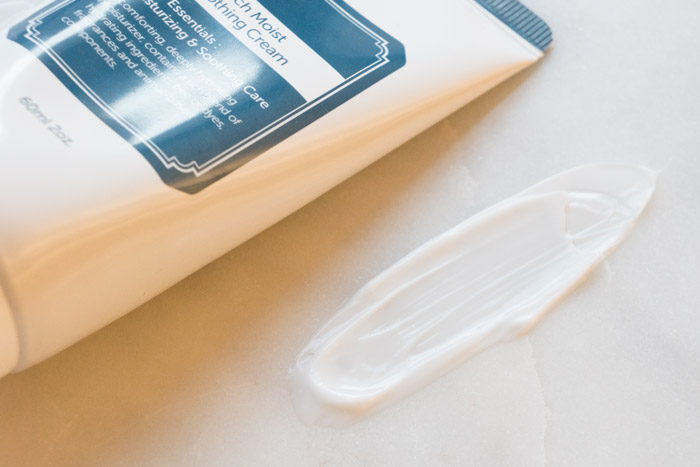
An effective ceramide-heavy moisturizer is the Klairs Rich Moist Soothing Cream. This nourishing cream is enriched with yeast-derived beta glucan, jojoba oil, and ceramides, which work in tandem to strengthen your skin’s protective barrier and effectively soothe dry and irritated skin. The combination of ceramides, glycerin, and shea butter help to not only smooth flaky skin but also to provide intense nourishment to the skin that will keep it hydrated all day long. No more afternoon dryness here!
Glycerin
Glycerin is another imperative ingredient in moisturizing formulas because it’s a humectant, which means it draws moisture to the skin. Our skin tends to get drier as the seasons change, making it harder and harder for it to hold onto water and humectants help to keep this process in check by absorbing water from the air and retaining it. They also work by effectively drawing moisture from the lower layers of the dermis to the outer layer of the skin, keeping it plump and hydrated.

The Missha Super Aqua Ultra Water-Full Clear Cream is a moisturizer packed with glycerin, baobab tree extracts, and glacial water to enhance moisture retention. In fact, this cream has been clinically tested to keep your skin moisturized for up to 24 hours. Besides being extremely hydrating, this clear cream also helps to control sebum production making it perfect for more oilier skin types.
Hyaluronic Acid
Like glycerin, hyaluronic acid is a natural humectant that acts as a beacon attracting moisture to the skin. If you’re a skin care junkie, I’m sure you’ve heard this quote before: “Hyaluronic acid can hold up to 1,000 times its weight in water.” It may sound gimmicky, but it’s actually true. By attracting water, hyaluronic acid moisturizes skin, helping it to appear smoother and more youthful.
When I think of a hyaluronic acid-rich moisturizer that is effective, the first one to come to mind is the Cosrx Hyaluronic Acid Intensive Cream. This affordable cream is jam-packed with hyaluronic acid, glycerin, and nourishing sea buckthorn oil, which intensely hydrate the skin without leaving it feeling greasy. The combination of hyaluronic acid and glycerin work together to draw moisture to the skin, keeping your skin hydrated longer.
Shea Butter
You might be familiar with shea butter in body lotions, but it’s actually just as effective at properly moisturizing your face. This is because it has natural occlusive and emollient properties, meaning it creates a protective film on the skin that prevents water loss while at the same time smoothing out dry, flaky skin. Occlusives become especially important in the winter since they help to improve your skin care routine by taking all that moisture that your essences, toners, and serums provide and sealing it all in so they work like they’re supposed to.
If you want a more occlusive moisturizer, then reach for the Etude House Soonjung 2x Barrier Intensive Cream. This cream helps to provide long-lasting moisture without irritating the skin since it’s formulated with 93% natural ingredients and is free of potential irritants like fragrance, artificial color, and parabens. The combination of shea butter, panthenol, and madecassoside make this the perfect moisturizer to nourish and soothe the skin.
Chemical Exfoliants
You may be wondering why chemical exfoliants are included on this list, but exfoliating on a regular basis will help your moisturizing ingredients penetrate the skin and work better. Fact: You can apply all of the right products and ingredients, but if you have a buildup of dead skin cells, it creates a barrier that prevents those products from working like they’re supposed to. So, along with choose moisturizing ingredients that are effective at hydrating the skin, make sure to exfoliate routinely so that you get the most from your skin care products.
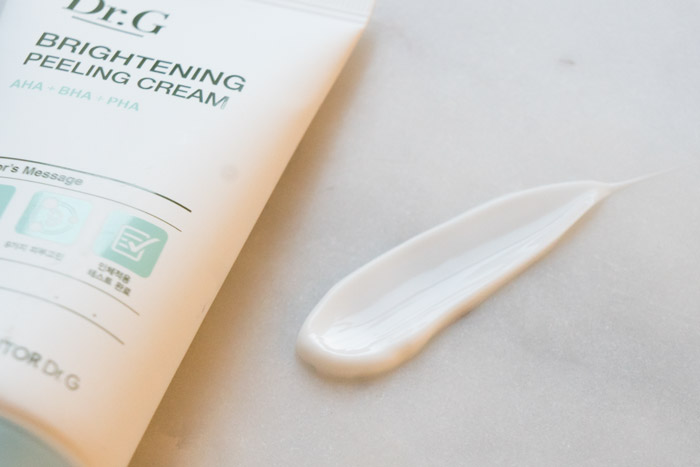
A great exfoliator to try is the My Skin Mentor Dr. G Brightening Peeling Cream. It comes in a moisturizing cream formula that helps to exfoliate while you sleep so you can wake up to smoother and brighter skin. This gentle exfoliator actually contains AHAs, BHAs, and PHAs, which work together to unclog pores and remove excess sebum. Meanwhile, moisturizing ingredients like squalane and ceramides combine to strengthen the skin barrier and nourish it from within.
Bottom line:
If you’re like me and you’ve suffered from the mid-afternoon dry skin slump, then it’s time to reevaluate your moisturizer and make sure it contains effective hydrating ingredients. If not, then it’s time to ditch that moisturizer and trade it in for a more effective one with better ingredients.



